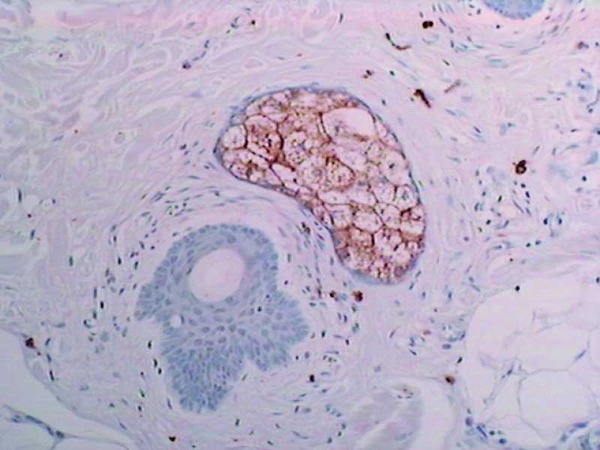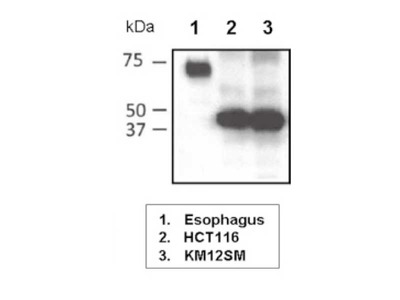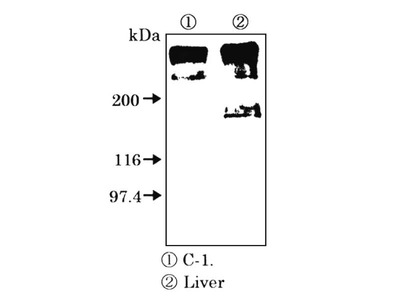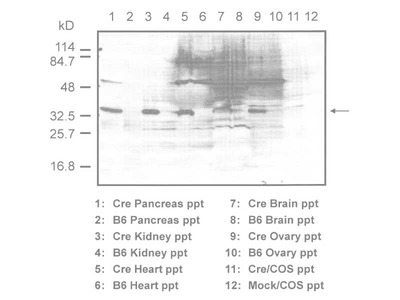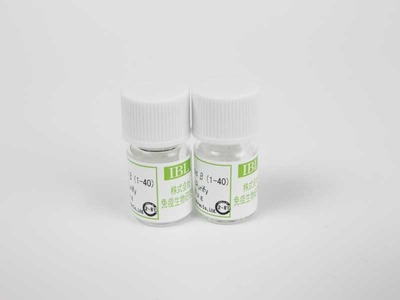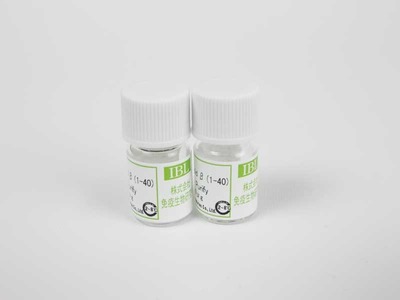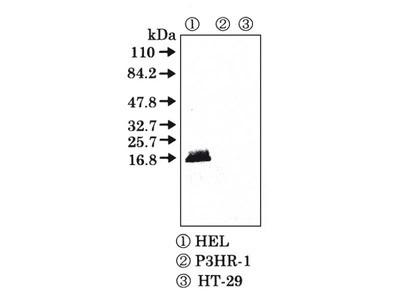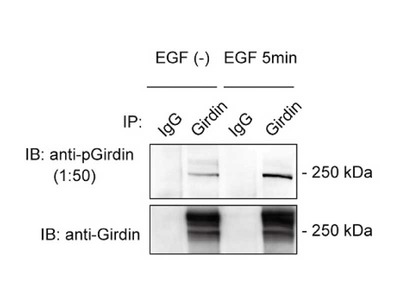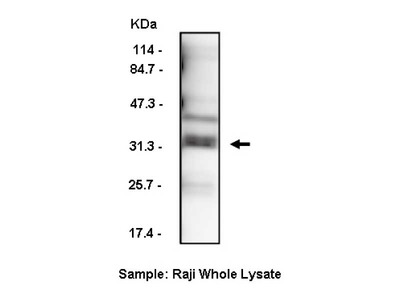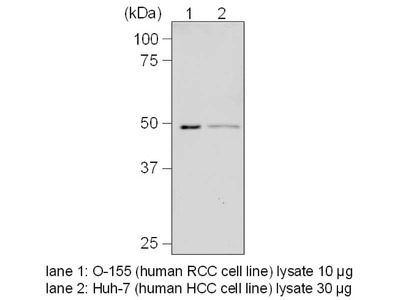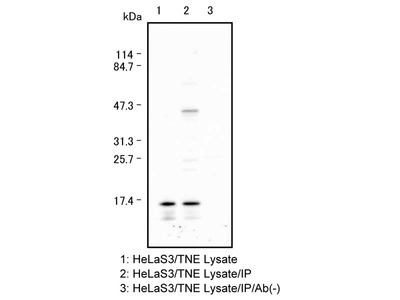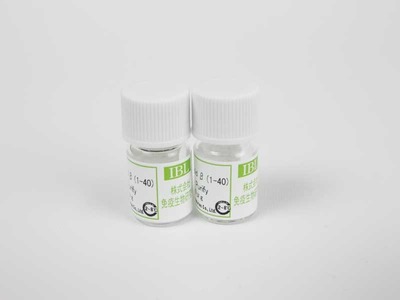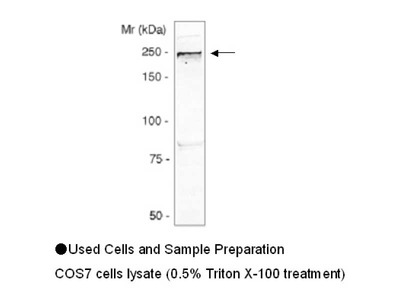- HOME >
- For Researchers >
- Product Search >
- Search Result >
- #10038 Anti-HumanFatty Acid Synthase (FAS) (14G5) Mouse IgG MoAb
Product Search
#10038 Anti-HumanFatty Acid Synthase (FAS) (14G5) Mouse IgG MoAb
- Intended Use:
- Research reagents
- Application:
- WB, IHC
- Package Size1:
- 100 μg
- Package Size2:
- 10 μg
- Note on Application Abbreviations
- WB:Western Blotting
- IHC:Immunohistochemistry
※ The product indicated as "Research reagents" in the column Intended Use cannot be used
for diagnostic nor any medical purpose.
※ The datasheet listed on this page is sample only. Please refer to the datasheet
enclosed in the product purchased before use.
Product Overview
Product Overview
| Product Code | 10038 |
|---|---|
| Product Name | Anti-HumanFatty Acid Synthase (FAS) (14G5) Mouse IgG MoAb |
| Intended Use | Research reagents |
| Application | WB, IHC |
| Species | Human |
| Immunizing antigen | Synthetic peptide of human FAS |
| Source | Mouse-Mouse hybridoma ( supernatant) |
| Clone Name | 14G5 |
| Subclass | IgG2b |
| Purification Method | Affinity purified with antigen peptide |
| Specificity | FAS specific, but it sometimes shows positive signals in macrophage by immunohistochemistry. |
| Package Form | Lyophilized product from 1 % BSA in PBS containing 0.05 % NaN3 |
| Storage Condition | 2 - 8℃ |
| Poisonous and Deleterious Substances | Applicable |
| Cartagena | Not Applicable |
| Package Size 1 | 100 μg |
| Package Size 2 | 10 μg |
| Remarks1 | The commercial use of products without our permission is prohibited. Please make sure to contact us and obtain permission. |
Product Description
Product Description
Animal fatty acid synthase (FAS) is a homodimer protein, which synthesizes long-chain fatty acids and is rich in liver, brain, breast and lung. However, the precise cellular localization of FAS in human tissue has not been elucidated. Immunohistochemistry with this antibody to human FAS revealed that in adult human tissues FAS is distributed mainly in cells with high lipid metabolism, in hormone-sensitive cells, and in a subset of epithelial cells of duodenum and stomach, colon absorptive cells, cerebral neurons, basket cells of cerebellum, deciduas, uroepithelium and epidermis. In fetal cells at 20 weeks of gestation, FAS was mainly present in proliferative epithelial cells of the digestive and respiratory systems, proximal renal tubules, adrenocortical cells, and mesenchymal and hematolymphoid cells.

